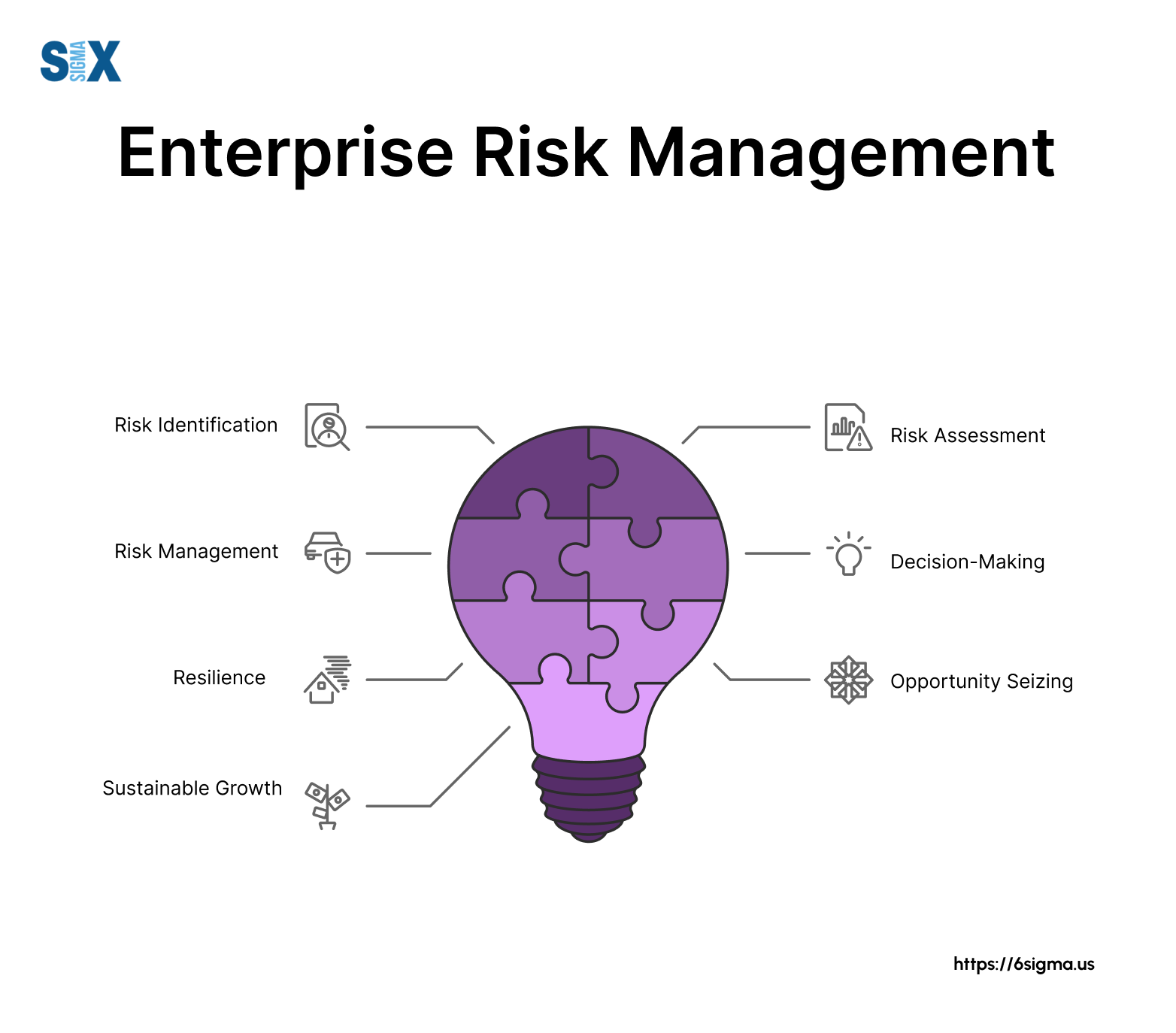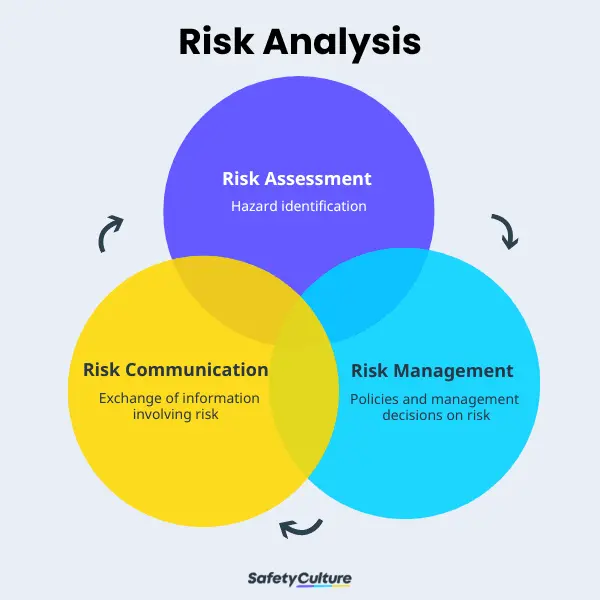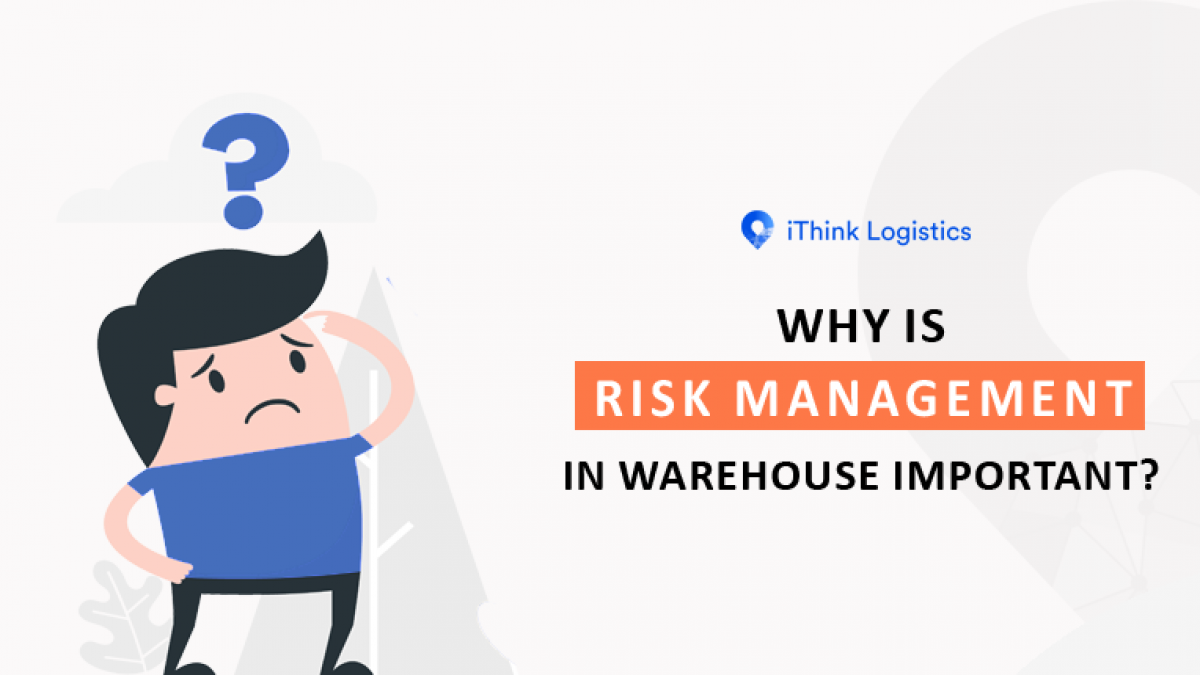The Importance and Importance of Risk Management in Ensuring Business Continuity
The Importance and Importance of Risk Management in Ensuring Business Continuity
Blog Article
Discovering the Significance of Risk Management for Effective Decision-Making Strategies
In the complex world of organization, Risk Management becomes an important consider the decision-making process. The capacity to determine possible hazards and chances, and plan accordingly, can spell the distinction in between success and failure. With tools such as SWOT and PESTEL, organizations are geared up to make educated options, cultivating durability and versatility in an ever-changing setting. Wondering just how this works? Let's unbox the dynamics further.
Comprehending the Concept of Risk Management
Risk Management, a critical element in decision-making, is frequently misconstrued or oversimplified. Risk Management entails structured and self-displined approaches, making use of data and insightful assessments. From financial uncertainties, lawful responsibilities, calculated Management errors, to accidents and all-natural catastrophes, it deals with different dangers - importance of risk management.
The Role of Risk Management in Decision-Making Processes
In the realm of calculated preparation and company operations, Risk Management plays an integral function in decision-making procedures. Risk Management thus comes to be an essential device in decision-making, assisting leaders to make educated choices based on a comprehensive understanding of the threats entailed. Risk Management offers as a vital element in the decision-making processes of any organization.

Just How Risk Management Improves Strategic Preparation
In the context of tactical planning, Risk Management plays a critical function. Launching with the identification of prospective threats, it further reaches the execution of Risk reduction measures. The role of Risk Management is vibrant but not fixed, as it requires consistent tracking and adjusting of approaches.
Determining Prospective Dangers

Executing Risk Reduction
Risk reduction methods can vary from Risk evasion, Risk transfer, to take the chance of decrease. Each method needs to be customized to the certain Risk, considering its potential impact and the organization's Risk resistance. Reliable Risk reduction calls see this website for a deep understanding of the Risk landscape and the possible effect of each Risk.
Monitoring and Adjusting Techniques
Though Risk mitigation is a critical action in critical preparation, continual surveillance and adjustment of these techniques is equally essential. It likewise supplies a possibility to review the success of the Risk Management procedures, permitting changes to be made where essential, further enhancing tactical planning. Tracking and changing Risk Management methods is an essential component for boosting a company's resilience and tactical preparation.
Instance Studies: Effective Risk Management and Decision-Making
In the world of organization and financing, effective Risk Management and decision-making usually serve as the pillars of thriving enterprises. These cases highlight the worth of sharp Risk Management in decision-making processes. These instances underscore the critical role visit site of Risk Management in calculated decision-making.
Devices and Techniques for Effective Risk Management
Browsing the elaborate puzzle of Risk Management needs the appropriate collection of tools and methods. These devices, such as Risk registers and heat maps, help in identifying and assessing possible dangers. Methods include both measurable methods, like level of sensitivity analysis, and qualitative methods, such as SWOT evaluation. These aid in prioritizing threats based on their possible impact and chance. Risk response methods, a vital part of Risk Management, include approving, staying clear of, transferring, or mitigating dangers. Tracking and regulating risks, with normal audits and reviews, make sure that the approaches remain effective. With these strategies and tools, decision-makers can browse the complex landscape of Risk Management, therefore assisting in educated and effective decision-making.
Future Fads in Risk Management and Decision-Making Approaches
As we check out the vast landscape of Risk Management, it becomes apparent that the tools and methods used today will certainly continue to evolve. The principle of Risk society, where every member of an organization is conscious and involved in Risk Management, will get a lot more prominence. These trends advertise a more comprehensive and proactive technique in the direction of Risk Management and decision-making.
Final thought

Risk Management therefore becomes an important tool in decision-making, aiding leaders to make enlightened selections based on a thorough understanding of the threats included. Risk mitigation strategies can vary from Risk evasion, Risk transfer, to risk decrease (importance recommended you read of risk management). Reliable Risk mitigation requires a deep understanding of the Risk landscape and the possible impact of each Risk. Risk feedback approaches, a vital element of Risk Management, entail accepting, avoiding, moving, or mitigating threats. The principle of Risk culture, where every participant of a company is aware and involved in Risk Management, will gain more importance
Report this page